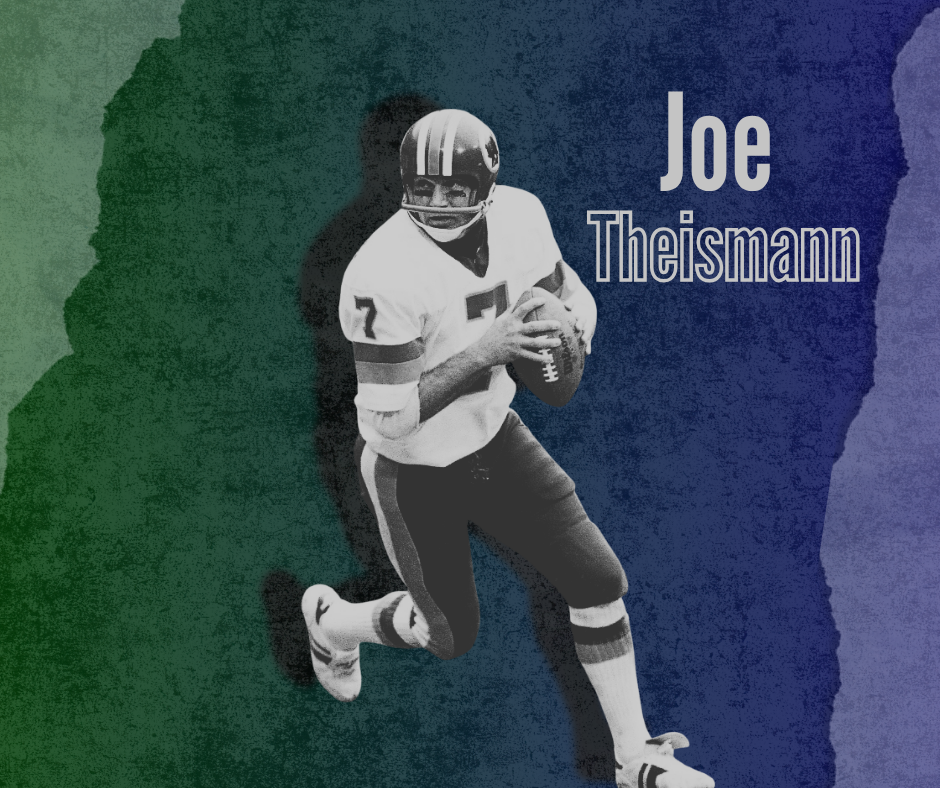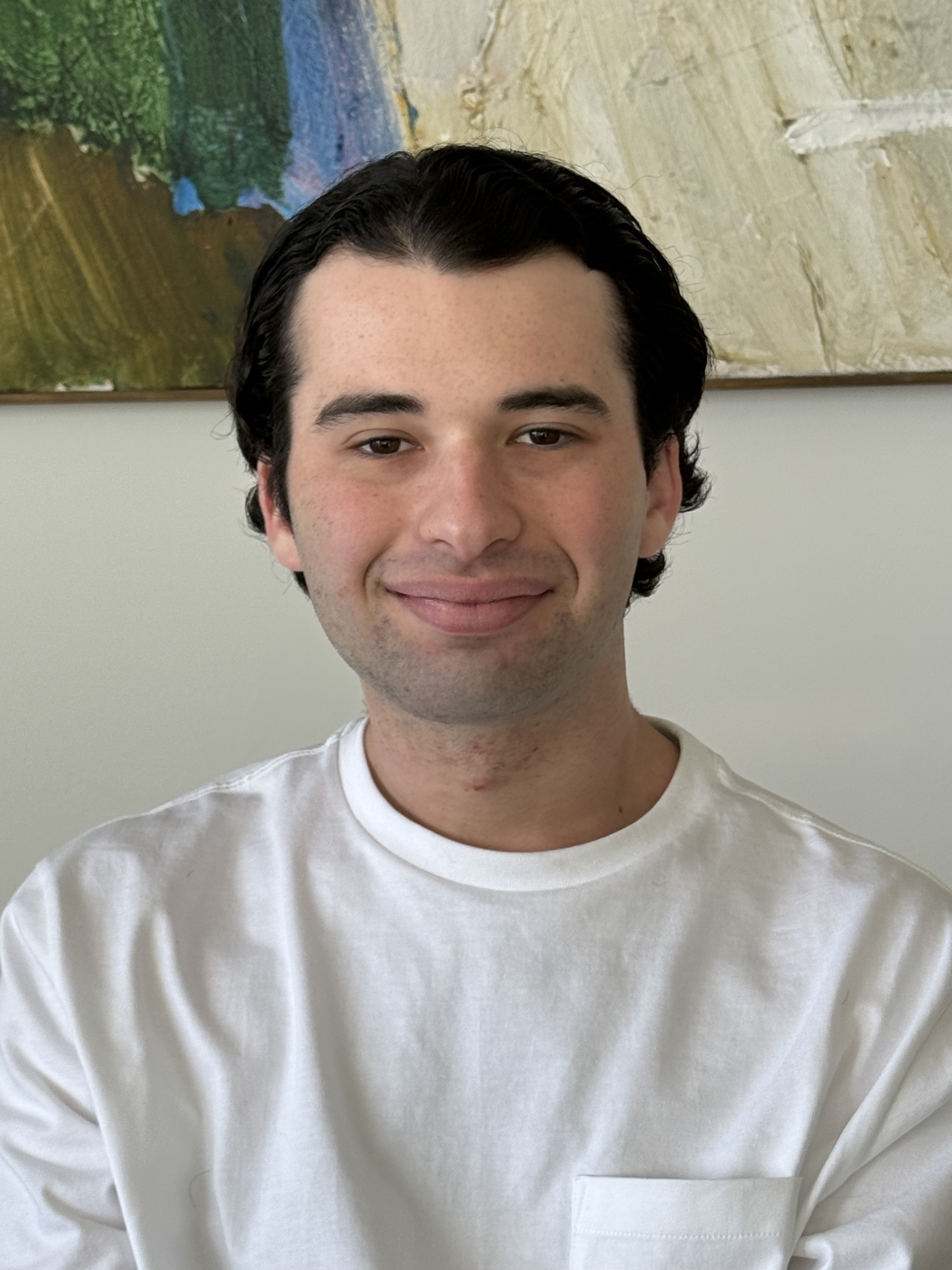“Muse, tell me how he wandered and was lost when he had wrecked the holy town of Troy, and where he went, and who he met.”
— Homer, The Odyssey
“My name is Noman. My family and friends all call me Noman.”
When a young Joe Theismann arrived in South Bend, Indiana to report to the University of Notre Dame, not many could have predicted the path he would follow. Fresh off a spectacular high school career in South River, New Jersey, Theismann set out to make his mark.
After a freshman year with little playing time and a sophomore season where he only played due to an injury to starter Terry Hanratty, Theismann finally seized the opportunity in his junior year and never looked back. Over the next two seasons, he would accumulate nearly 4,000 passing yards, 29 touchdowns through the air, and add 700 rushing yards and 10 rushing touchdowns. During that time, he also set multiple school passing records.
Beyond the stats, the fame, and the awards, perhaps the most curious moment of Theismann’s collegiate rise was a midseason name change. As he led the Fighting Irish to a 10-1 record and an eventual top two finish in the AP poll, Theismann was deeply involved in a competitive Heisman Trophy race. One might think his stats, team success, and the prestige of being Notre Dame’s quarterback would be enough to secure the award. But some in South Bend had other ideas.
One day in 1970, Notre Dame publicist Roger Valdiserri approached Theismann with a pitch. He suggested changing the pronunciation of Joe’s last name. Known everywhere, including his hometown, as THEES-mann, he was asked to become Joe THIGHS-mann to rhyme with the Heisman. Theismann agreed. And just like that, the kid from New Jersey had transformed into the new face of Notre Dame football.
“If any mortal asks you how your eye was mutilated and made blind, say that Odysseus, the city sacker, Laertes’ son, who lives in Ithaca, destroyed your sight.”
Unfortunately for the newly publicized Theismann, the Heisman Trophy did not go his way. The award in 1970 was won by Stanford quarterback Jim Plunkett. Theismann finished second in the voting, and though he did not win the trophy, he kept the new name pronunciation. To the surprise of his family and friends back home, it stuck with him for life.
“They opened up the bag, and all the winds rushed out at once. A sudden buffet seized us and hurled us back to sea, the wrong direction, far from our home. They screamed and I woke up.”
After completing his college career, Theismann entered the NFL Draft. While Plunkett went number one overall, Theismann was not simply overlooked for the top pick. His fall was precipitous and he had to wait until the fourth round before his name was called. The Miami Dolphins selected him with the 99th pick.
Theismann was ready to prove himself again, just as he had at Notre Dame. Few could have known then how significant this pick would become in the landscape of football. But it would be significant in ways no one expected.
“But as they ate it, they lost the will to come back and bring news to me. They wanted only to stay there, feeding on lotus with the Lotus Eaters.”
Theismann arrived in Miami, finalized his first contract with help from his college coach Ara Parseghian, and both parties announced a deal had been reached. Dolphins coach Don Shula even commented that he was excited to work with him.
Then, a change. Miami owner Joe Robbie requested that the contract include a clause requiring Theismann to return his signing bonus if he ever failed to report to camp. This raised red flags, and Theismann walked away from the deal. He then began negotiating with the Toronto Argonauts of the CFL, who offered him nearly the same terms Miami had originally presented.
Even a personal visit from Shula was not enough to change his mind. It became official and Theismann was headed to Canada. Both sides moved on. The Dolphins went on to have a perfect Super Bowl season behind backup quarterback Earl Morrall, who, in a different scenario, could have easily been Joe Theismann.
“Lovingly she cared for me, vowing to set me free from death and time forever. But she never swayed my heart.”
Theismann excelled in Canada. As a rookie, he led his division in all major passing categories and took the Argonauts to the Grey Cup. Though they lost the championship, his debut season cemented him as a CFL star. He made two All-Star teams in three years and likely would have made it all three had he not been injured in 1972. That injury would be a recurring theme throughout his football life.
After three years in the CFL, Theismann was ready to return to the United States.
“Circe, I said, Fulfill the vow you made to send me home. My heart now longs to go.”
In 1974, Joe Theismann was one of the most sought after quarterbacks in football. The problem was that Miami still owned his NFL rights. The Dolphins were coming off two straight Super Bowl wins with Bob Griese, who was not only a star but still in his prime. With no need for a quarterback, Miami traded Theismann’s rights.
He was sent to the Washington Redskins in exchange for a first round pick, signaling his value even without a single NFL snap under his belt.
And yet, Theismann did not become the starting quarterback. In 1974, the former CFL All-Star and Heisman runner up was returning punts. That season, he recorded more punt returns than pass attempts. It would be another four years before he started a game at quarterback.
“The gods have made us suffer. They refused to let us stay together and enjoy our youth until we reached the edge of age together.”
When Theismann finally got his chance to start, he refused to let it slip away. Between 1978 and 1981, he posted solid numbers but did not make the playoffs or collect any individual honors.
Then came 1982.
Starting nine games that year in a strike-shortened season and leading Washington to an 8-1 record, Theismann made the Pro Bowl and finished fourth in MVP voting. The award went to his teammate, kicker Mark Moseley, but Theismann’s impact was clear.
In the playoffs, he threw six touchdowns and led his team to the Super Bowl, where he would face none other than Don Shula and the Miami Dolphins. In the game, Theismann threw two touchdowns and led the Redskins to their first championship. He had done it. He had found a home, and in doing so, proved his doubters wrong.
The following year, he won the league MVP and returned to the Super Bowl. This time, however, his team was dominated by the Raiders in a 38-9 loss.
Three years after winning the Super Bowl and two years after being named MVP, Joe Theismann would never play in another NFL game.
In Week 11 of the 1985 season, against the New York Giants, Theismann suffered a compound fracture of his right tibia and fibula. The image of Lawrence Taylor, immediately calling for medical help and holding his head in horror, became one of the most iconic and devastating moments in football history. The injury ended Theismann’s career.
Theismann’s career in retrospect is one of the most fascinating in NFL history. He is not a Hall of Famer, though his Pro Football Reference Hall of Fame Monitor score of 67 places him above inductees like Jim Kelly and Troy Aikman. If elected, Theismann would likely be considered among the least statistically deserving quarterbacks in Canton. But his story, and the path he took along the way, deserves celebration.
Joe Theismann may not be enshrined in the Hall of Fame, but his journey is unforgettable. Whether he is Joe THEES-mann or Joe THIGHS-mann, the odyssey that led him to MVP honors and a Super Bowl victory is a story that should always be remembered.
“I want to go back home, and every day I hope that day will come. If some god strikes me on the wine dark sea, I will endure it”
Want more like this? Come hang with us here:
Join our newsletter for weekly updates, banter, and more.





1 Comment
by Daphne
Big fan of your work Emile. Keep it up!
Comments are closed.